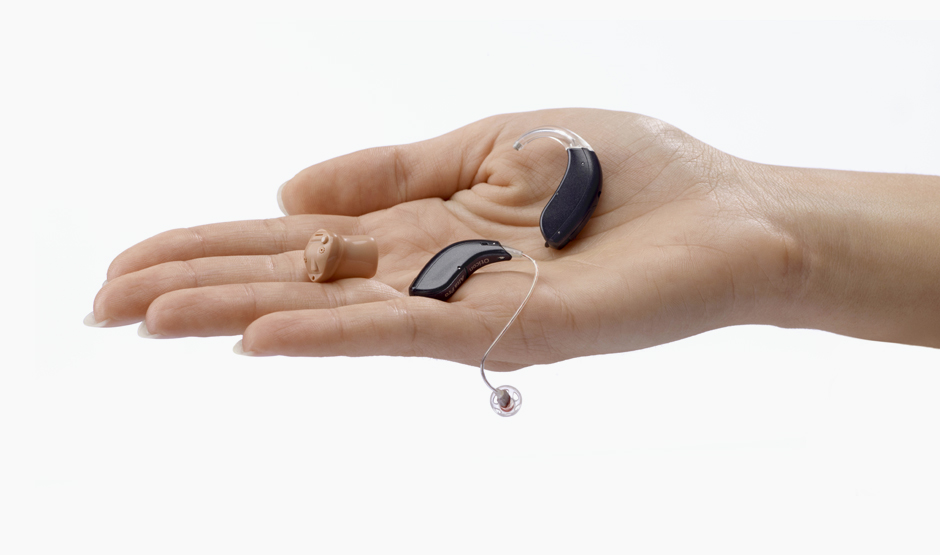Get Updates in Your Inbox
By Kathleen Wallace, Au.D.
Cost remains one of the most significant barriers to hearing aid uptake. At an average price of $4,000 a pair, hearing aids are prohibitive to many who need them. But what exactly determines hearing aid price, and why is there such a wide range?
For this column, the first of two, I’ll be talking specifically about prescription hearing aids. Yes, over the counter options including the newly announced Apple AirPods are less expensive, but they are also less or not at all personalized—and OTCs are only indicated for adults and only for mild to moderate hearing loss.
Prescription hearing aids are medical devices regulated by the Food and Drug Administration and consist of four major components: microphones, a computer chip for processing, speakers, and a power source.
They are only available through licensed hearing care providers (e.g., audiologists, hearing aid specialists) who are responsible for selecting, fitting, and programming the hearing aids and training patients on their successful use and maintenance.
Two Main Factors Affecting Price
Factor 1: Hearing aid manufacturers control the base price.
Six manufacturers control 90 percent of the $7 billion hearing aid industry. These manufacturers are responsible for considerable research and development and significant overhead for staffing these large corporations.
These expenses are passed along to the hearing care provider, who orders units for their patients at a price determined by the manufacturer for that account.
Factor 2: Hearing care clinics determine the final price.
Once the hearing care provider has the hearing aids, various factors will determine the cost to you:
Your choice of delivery model: “Bundled” models combine the professional services of the hearing care provider with the price of the hearing aids. In contrast, “unbundled” models separate the professional services from the cost of the hearing aids.
Determining if one approach is more cost effective for you will depend on the amount of follow-up care needed and whether it would be better to pay per visit or have an all-inclusive plan. Your hearing care provider can provide insights.
What hearing aid technology level you need: Hearing aid manufacturers typically have four tiers of technology, which ultimately translate to price. As more features are enabled in a hearing aid, the price will increase.
Generally speaking, more dynamic or noisy environments warrant higher technology levels, while lower technology levels are more appropriate for those where one-on-one communication is the priority. Again, talk to your provider about all the varying listening scenarios you commonly experience to see what is best for you.
Insurance coverage, if any: Unfortunately, Medicare and many other insurance plans do not offer hearing aid coverage. If they do, your insurance may specifically outline the amount of coverage, type of hearing aid, or provider setting. Talking directly with your insurance about your specific plan is best to ensure you fully understand your coverage and care options.
Where you see the specialist: Hospitals, ENT clinics, private practices, retailers, and big box stores may offer prices ranging from $1,000 to $7,000 per pair, depending on their business models, contracts with hearing aid manufacturers, and overhead demands.
More Than a Device
Hearing aids are only one piece of the puzzle when managing a hearing loss. They require proper programming and use and may still need additional assistance, such as assistive listening devices, good communication strategies, and rehabilitative programs like auditory training or aural rehabilitation.
Understanding what goes into the price of hearing aids can help you understand why for most they are so expensive. Work with your hearing care provider to find a solution that works for you. Unlike with eyeglasses, which may require just one or two visits to adjust, hearing aids may take several visits to be optimized for your hearing (which is one reason why picking a provider easy to get to is a good idea).
And definitely take advantage of the free trial period and wear the devices in as many diverse yet common to you environments as possible.
Editorial committee member Kathleen Wallace, Au.D., is at tiktok.com/@eardocoftiktok and instagram.com/kathleenwallaceaud. She sees patients with Tuned Care at tunedcare.com and does in-home visits in New York City through Anywhere Audiology, anywhereaudiology.com. For references, see hhf.org/references. See part two, “How to Make Hearing Aids More Affordable.”










Which noises should we be aware of this holiday season?